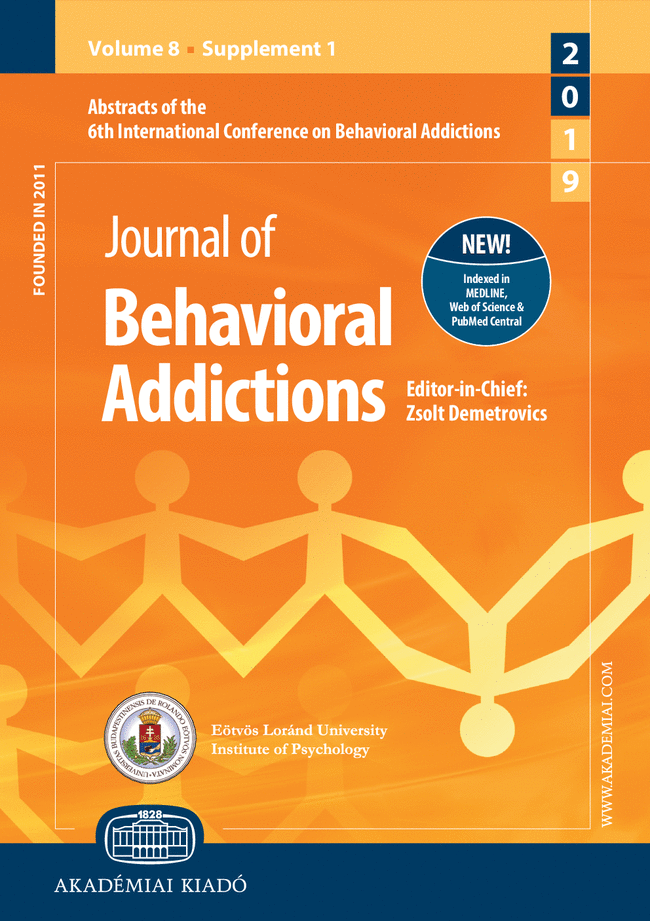Problematic smartphone use in young Swiss men: Its association with problematic substance use and risk factors derived from the pathway model
Problematic smartphone use in young Swiss men: Its association with problematic substance use and risk factors derived from the pathway model
Author(s): Michelle Dey, Joseph Studer, Michael P. Schaub, Gerhard Gmel, David Daniel Ebert, Jenny Yi-Chen Lee, Severin HaugSubject(s): Behaviorism
Published by: Akadémiai Kiadó
Keywords: problematic smartphone use; smartphone addiction; pathway model; substance use; representative sample; Switzerland
Summary/Abstract: Background and aims. This study aimed to examine associations between risk factors suggested in the pathway model proposed by Billieux et al., demographic and substance use variables, and problematic smartphone use (PSU). Methods. The analytical sample consisted of 5,096 Swiss men (mean age = 25.5 years, SD = 1.26). Multiple linear regression analyses were conducted with PSU as dependent and the following as independent variables: (a) Billieux’s pathway model variables (depression, social anxiety, ADHD, aggression–hostility, and sensation seeking); (b) substance use variables [alcohol: at-risk risky single-occasion drinking (RSOD); at-risk volume drinking; tobacco use: daily smoking; illicit drug use: more than weekly cannabis use; having used at least one other illicit drug besides cannabis over the preceding 12 months]; and (c) sociodemographic variables (age, language region, and education). Results. All pathway-model variables except sensation seeking were significant predictors of PSU, especially symptoms of social anxiety (β = 0.196) and ADHD (β = 0.184). At-risk RSOD was positively (β = 0.071) associated with PSU, whereas both frequent cannabis use (β = −0.060) and daily cigarette smoking (β = −0.035) were negatively associated with PSU. Higher-achieved educational levels and being from the German-speaking part of Switzerland predicted PSU. Discussion and conclusions. The findings of this study can be used to develop tailored interventional programs that address the co-occurrence of certain risky behaviors (e.g., at-risk RSOD and PSU) and target individuals who might be particularly prone to PSU. Such interventions would need to ensure that addressing one problem (e.g., decreasing PSU) does not lead to some other compensatory behavior (e.g., frequent cigarette smoking).
Journal: Journal of Behavioral Addictions
- Issue Year: 8/2019
- Issue No: 2
- Page Range: 326-334
- Page Count: 9
- Language: English

